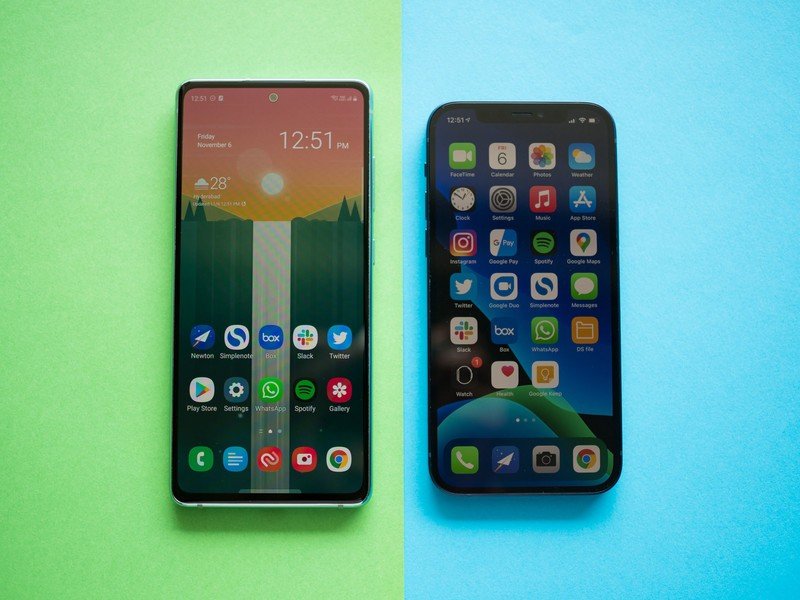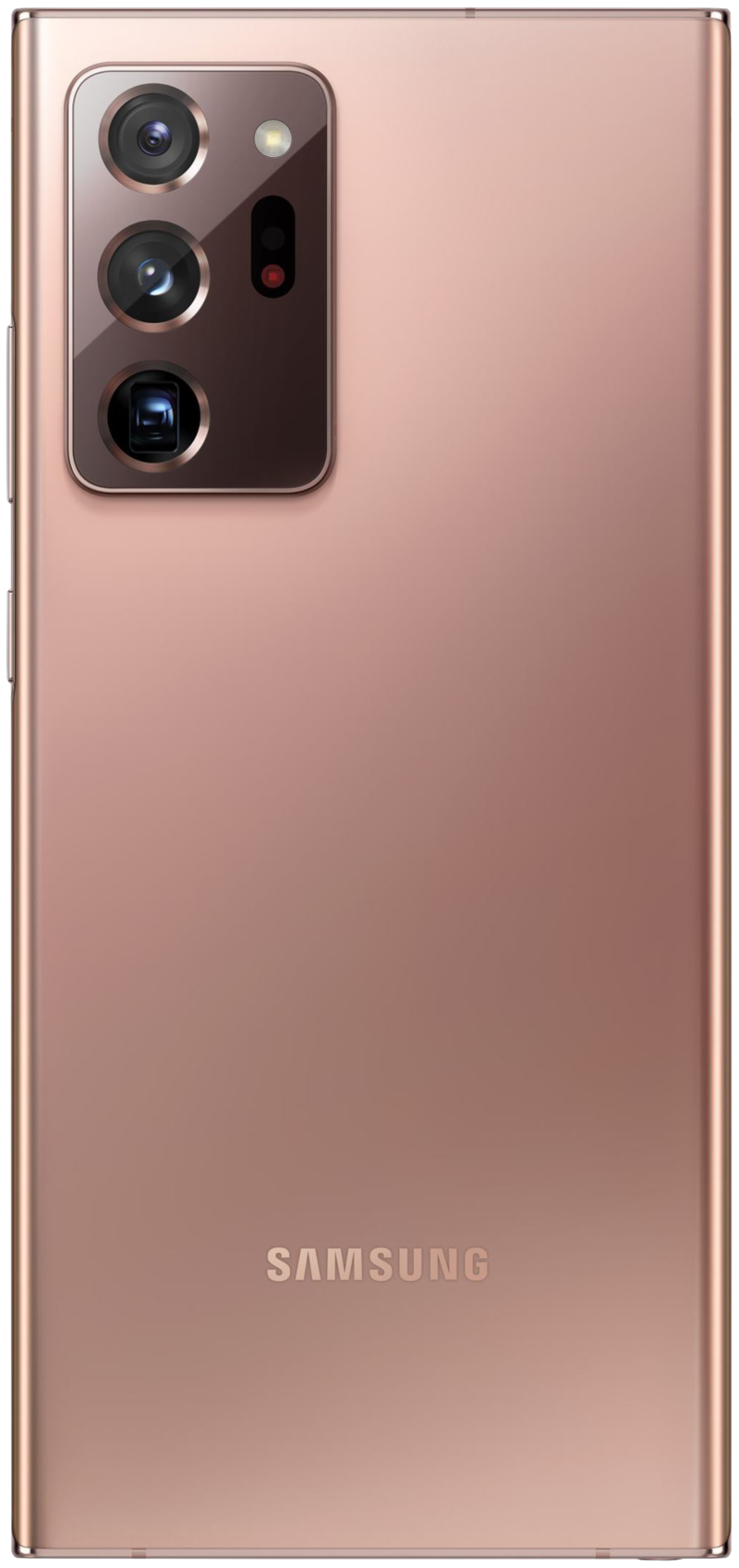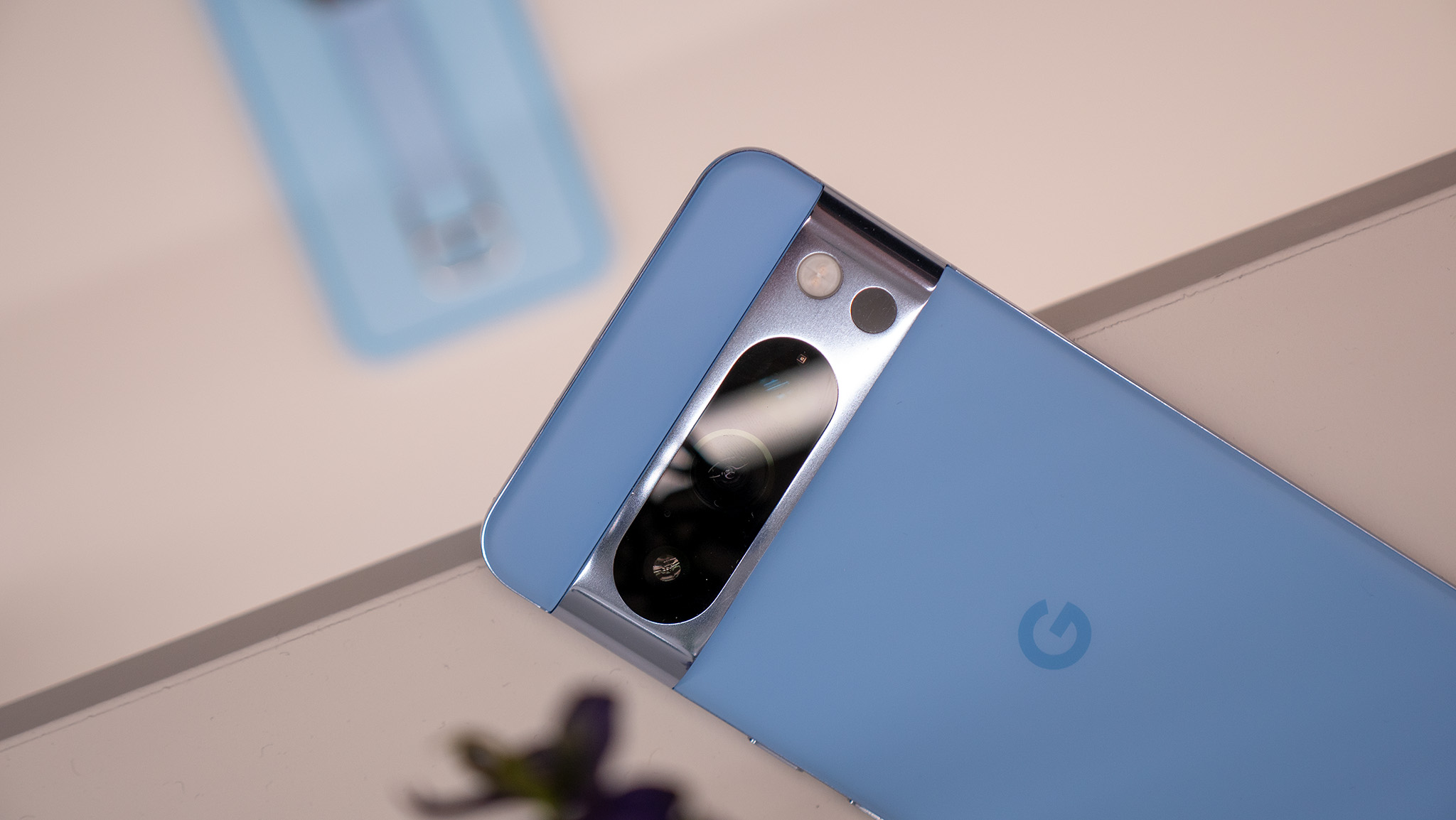Why 2020 was the year of high refresh rates — and low battery gains

If there's a single feature that set the high-end phones of 2020 apart from those of the previous year, it's the arrival of fast 120Hz displays. Some of the best Android phones like Samsung's Galaxy S20 Ultra and OnePlus 8 Pro showed how pumping out an extra 60 frames every second could result in a smoother, more responsive experience.
Use a 120Hz phone for long, and it's hard to go back to 60. Devices that just a few months ago felt fast enough now make for a jarring visual experience. It's not just about a few extra frames of animation or a smoother-scrolling Twitter feed. Most fast displays also amp up the touch sampling rate to 240Hz, meaning the phone literally becomes more responsive.
Marketing 120Hz displays in 2020 was uniquely challenging.
As impressive and enjoyable as a fast display is, manufacturers faced challenges marketing the feature in 2020. This was a year when many brick-and-mortar stores have been closed or suffering from reduced footfall, with visitors less likely to want to paw at a communal demo device for fear of Covid contamination. For a feature that can't really be properly shown or experienced through an ad on your 60Hz laptop, TV or phone screen, this was less than ideal. Manufacturers like Samsung and OnePlus instead had to resort to video ads demonstrating 120Hz by showing the relative difference between 15 and 30 frames per second, which failed to really capture what makes a fast screen enjoyable to use.
What's more, this new age of phone screen smoothness comes at a cost — in terms of both price and battery consumption. In the West, 120Hz displays were limited to expensive flagship phones for much of the year. And doubling the frame rate of your phone of course means it has to do more number-crunching to output those extra frames and update the panel twice as fast.

It also didn't help that 120Hz displays became mainstream in phones around the same time as 5G — another big source of battery (and wallet) drain. The binary choice between the two, for the sake of battery life, is said to be what pushed Apple away from using 120Hz in its 5G iPhones. Other brands, like Samsung, chose to limit their phones' resolution when in 120Hz mode.
Higher refresh rates make a noticeable dent in your battery life.
One side effect of this year's 120Hz revolution has been a dearth of Android phones with long battery life. The solution, for many, was to simply leave phones like the Galaxy S20 Ultra set at 60Hz mode. For great longevity without that compromise, you needed to look at phones with 90Hz panels. Less expensive phones like the Google Pixel 5 and ASUS Zenfone 7 Pro represented the happy medium of the year, where it was still possible to enjoy a smoother experience without the added battery drain of 120Hz.
But we won't need to wait long for better battery life in 120Hz phones, nor is the technology likely to remain limited to super-high-end flagships in 2021. LTPO technology of the sort used in Samsung's Galaxy Note 20 Ultra can dynamically adjust the display's refresh rate anywhere from 120Hz all the way down to 1Hz for maximum power savings. Expect this tech to become much more common in 2021 flagships.
Get the latest news from Android Central, your trusted companion in the world of Android
And there are signs that Qualcomm's Snapdragon 775 series will help bring smoother screens to mid-rangers next year, with rumors that unlike its predecessor, it'll fully support 120Hz panels.
Fast phone displays aren't going anywhere, and just as 2020 was the year they defined the flagship segment, expect 2021 to be the year the tech goes mainstream.

If you're a loyal Galaxy Note buyer, the Note 20 Ultra is probably the best possible version you could have hoped for. Featuring a much-improved S Pen experience, a huge camera upgrade over previous Note versions, and every possible spec you could ask for, this $1300 monolith is worth the price of admission. You just have to know you need it.

Alex was with Android Central for over a decade, producing written and video content for the site, and served as global Executive Editor from 2016 to 2022.
